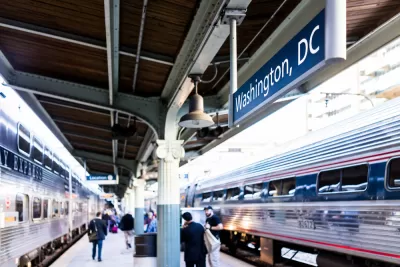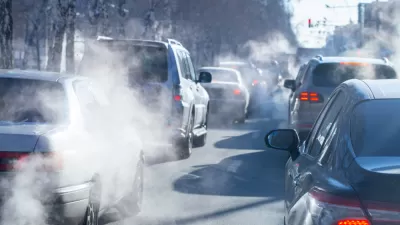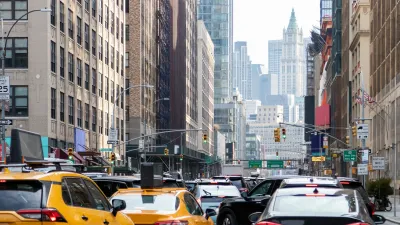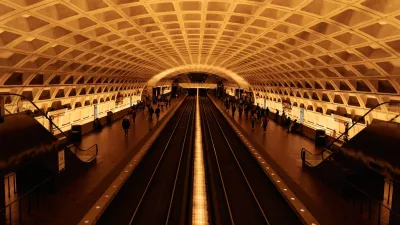The Federal Railroad Administration announced a round of grant funding for the Consolidated Rail Infrastructure and Safety Improvements (CRISI) program. The 2021 Infrastructure Investment and Jobs Act tripled the amount of funding for the program.

The Federal Railroad Administration (FRA) today announced $368 million in grant funding through the Consolidated Rail Infrastructure and Safety Improvements (CRISI) program. The funding will go to 46 projects in 32 states and the District of Columbia.
“These investments will play a crucial role in modernizing our country’s rail infrastructure and strengthening supply chains, helping to reduce congestion and get people and goods where they need to go quickly and more affordably.” according to an FRA press release. The press release adds that the Infrastructure Investment and Jobs Act (IIJA) tripled funding for the CRISI program.
The CRISI program funds capital investments on intercity passenger and freight rail routes to improve safety, economic opportunity, equity, sustainability and resilience. The press release also includes highlights from this round of fundings, including a upgrades for 18 miles of rail between Preston and Cordele, Georgia; rail capacity modernization at the Port of Baltimore; and the Raleigh to Richmond Corridor Infrastructure Engineering and Safety Program.
An article by Jennifer Shutt for the Virginia Mercury provides some details about that last project, as well as digging into more detail on the CRISI program’s benefit for rural areas.
FULL STORY: Passenger and freight rail projects in 32 states get millions from U.S. DOT

Trump Administration Could Effectively End Housing Voucher Program
Federal officials are eyeing major cuts to the Section 8 program that helps millions of low-income households pay rent.

Planetizen Federal Action Tracker
A weekly monitor of how Trump’s orders and actions are impacting planners and planning in America.

Ken Jennings Launches Transit Web Series
The Jeopardy champ wants you to ride public transit.

California Invests Additional $5M in Electric School Buses
The state wants to electrify all of its school bus fleets by 2035.

Austin Launches $2M Homelessness Prevention Fund
A new grant program from the city’s Homeless Strategy Office will fund rental assistance and supportive services.

Alabama School Forestry Initiative Brings Trees to Schoolyards
Trees can improve physical and mental health for students and commnity members.
Urban Design for Planners 1: Software Tools
This six-course series explores essential urban design concepts using open source software and equips planners with the tools they need to participate fully in the urban design process.
Planning for Universal Design
Learn the tools for implementing Universal Design in planning regulations.
Ada County Highway District
Clanton & Associates, Inc.
Jessamine County Fiscal Court
Institute for Housing and Urban Development Studies (IHS)
City of Grandview
Harvard GSD Executive Education
Toledo-Lucas County Plan Commissions
Salt Lake City
NYU Wagner Graduate School of Public Service





























